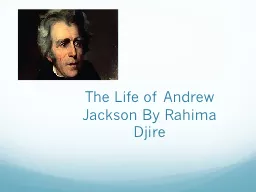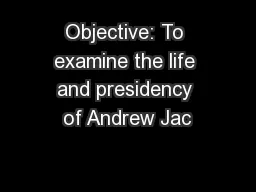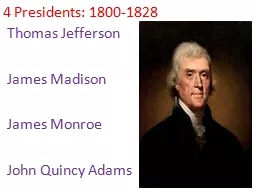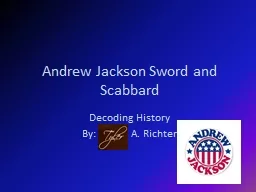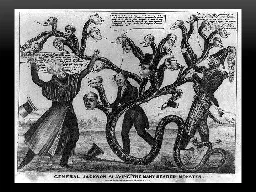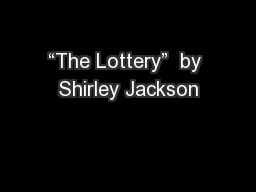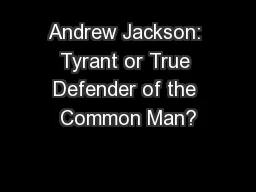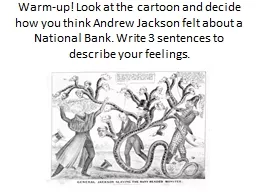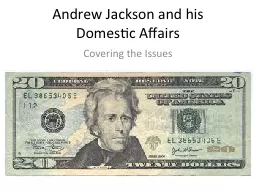PPT-The Life of Andrew Jackson By
Author : natalia-silvester | Published Date : 2016-12-10
Rahima Djire 1 Date of his birthday March 15 1767 2 Place of his birth Andrew J ackson was born at Waxhaws Childhood He was born into a recently Immigrated
Presentation Embed Code
Download Presentation
Download Presentation The PPT/PDF document "The Life of Andrew Jackson By" is the property of its rightful owner. Permission is granted to download and print the materials on this website for personal, non-commercial use only, and to display it on your personal computer provided you do not modify the materials and that you retain all copyright notices contained in the materials. By downloading content from our website, you accept the terms of this agreement.
The Life of Andrew Jackson By: Transcript
Download Rules Of Document
"The Life of Andrew Jackson By"The content belongs to its owner. You may download and print it for personal use, without modification, and keep all copyright notices. By downloading, you agree to these terms.
Related Documents

